Naoki Urasawa is a name many will already be familiar with. Monster is often lauded as one of the best manga out there and I’ll get to reading it eventually. However 20th Century Boys is his oft-forgotten work as it can often appear impenetrable and more than often indescribable. I can’t help but be disappointed because 20th Century Boys is, without a shadow of a doubt, a masterpiece and a master class in storytelling. So let’s break down this unbreakable manga in order to discover how amazing it really is.
Story – A mystery, but much more than that
Initially, the story’s hook is the mystery of “Friend”. Who is Friend, may you ask? Even if I told you, you probably wouldn’t understand without context. For the purposes of this review, I’ll put it in simple terms – he’s the antagonist.
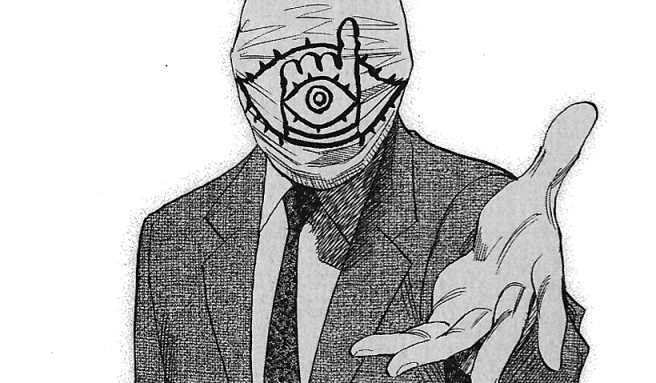
Yet much like life, mysteries don’t always get solved. Even if they do – the answers might not be what you wanted or expected. That’s my way of saying that the Friend mystery never really gets a conclusive resolution. Nevertheless 20th Century Boys is less about the mystery than it is the adventure.
You may not realise this but 20th Century Boys is a bona fide adventure story. And an amazing adventure, at that. Without spoiling too much, I’ll just say that the series takes place over a 50 year period with several different settings and circumstances. It’s hardly a static mystery story – rather a riveting adventure that grabs you by the collar and never really lets you go until right at the very end.
For sure, the mystery is the overall story and what will initially engross you in the story. But as new elements are constantly introduced and circumstances constantly change, the adventure is the real hook here. I’ve never been so engrossed in a manga before so when I say that this is a real page-turner I mean it. Almost every chapter balances the right amount of plot progression as to not reveal it’s cards too soon but also the right amount of downtime to establish and develop some excellent character arcs. But more on that later.
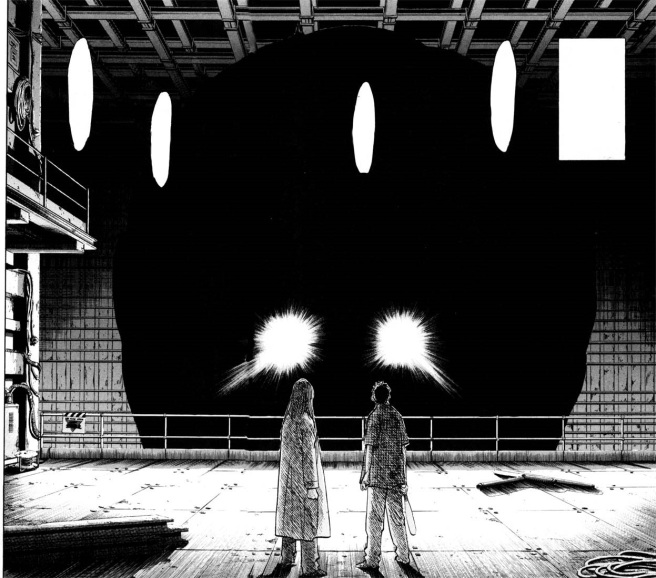
The fact that the story moves at such a great pace is an integral part of the appeal of 20th Century Boys. Never does the story suffer from slow pacing yet at the same time never feels rushed. This is one of Urasawa’s apparent real strengths and is showcased very well here. Yet another one of his strengths is equally demonstrated here – his ability to create nuanced and meaningful works.
Part of the reason it is so hard to describe 20th Century Boys is because it is about so many things. As I keep saying, the mystery is only one part of the story. Regret, innocence, evil versus good, the human spirit, freedom… such things barely begin to describe the areas this manga touches upon. I won’t hesitate to say that there is something here everyone can relate to. What touched me the most was the manga’s message about how life doesn’t always pan out how you want it to – but that that’s okay, as long as you don’t forget what you thought it might be. For any adult, or even any older teenager, 20th Century Boys will be both relevant and touching for you. Promise.
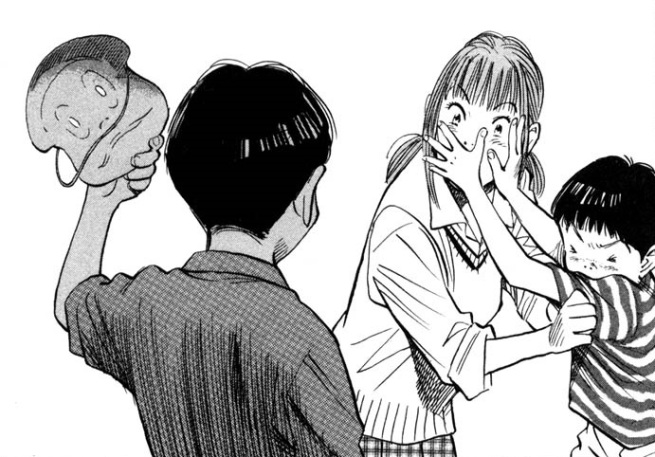
To conclude my thoughts on the manga’s story, I’ll just say that any preconceived ideas you have about the series will probably turn out to be incorrect. It’s not a mystery. Well it is, but not really. It’s an adventure but an atypical one. It has science-fiction elements, but those are just elements. Thus 20th Century Boys is one of the most original stories I have read and one that I simply cannot find faults in.
Final story score: 10/10
Characters – Well-rounded and nuanced
One thing that might surprise you if you have preconceived ideas about 20th Century Boys is that the series has a very large cast of characters. Consequently, it performs much like a character drama rather than as a mystery series. Luckily, this doesn’t detract from the main focus of the story but instead makes up another one of the series’ already numerous strengths.
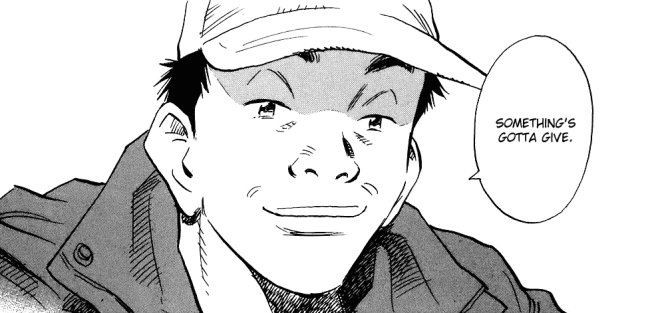
As I already touched upon, 20th Century Boys is a very relatable series. Much of this is due to it’s fantastic characters and how they develop. Let’s take Kenji (the main protagonist of the story) – he’s very much an average Joe, but someone who once had dreams of being a rockstar. Due to various circumstances, he’s come to the age of 27 without really ever realising he never really tried to fulfil these dreams. Many of us have dreams, and although some have managed to achieve them, the majority of people don’t ever attain what they wanted. Perhaps for some, life was ultimately a disappointment for them. Even so – Kenji’s story, wherein he gets another shot, is one that utterly touched me and one that I think everyone can relate to.
Kenji isn’t the only fantastically nuanced character here. Otcho (one of Kenji’s best friends) and his story are different in that his is fundamentally darker – I won’t say why as to avoid spoilers, but the way Otcho overcomes his despair is a inspiring yet sobering experience that all of us can learn from. In any case, these two stories are just the tip of the iceberg in the ocean of character arcs that 20th Century Boys presents – there will probably be something for you in that ocean, too.
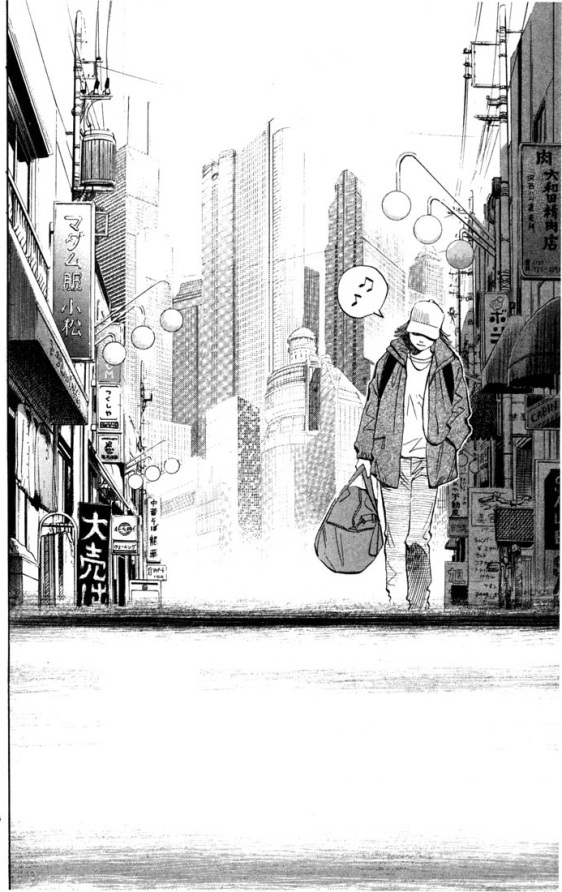
Yet you definitely must not presume that 20th Century Boys is all about serious character symbolism or meaning. The series is not afraid to have a little fun and several characters help to prevent it from becoming unbearably serious. One such character I adore is Chou, a hapless detective who does have his own serious journey yet is often the butt of jokes as the rough-and-tumble residents of Shinjuku run circles around him.
It isn’t as though 20th Century Boys has a completely serious tone either. Several characters showcase a more carefree tone, reminiscent of the 60s themselves, which the show isn’t afraid to show it’s love for – be it with regards to the Summer of Love or T. Rex. Indeed, entire parts of the story focus on the cast as carefree children during an endless summer in 1970. Not only does this break up the main story, but helps us to better understand these characters in their entirety as well as come to better appreciate their subsequent development over the course of the story.
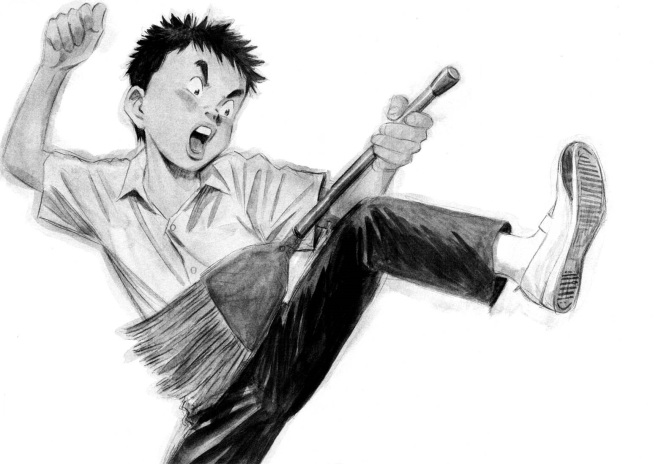
20th Century Boys is a series not afraid to show us how high the stakes are, and nothing better illustrates this than the often drastic character development. Obviously this an easy area to pick up on spoilers, so I’ll be vague at best. But some characters in particular are virtually unrecognisable at the end of the story as the hardships they’ve endured have affected their very being. As I said, this constantly reminds us how high the story’s stakes are, as well as offering some great talking points for years to come (I hope).
A well-rounded group of characters with nuance, relevance and satisfying arcs sounds great to me. It should also sound great to you by this point. Therefore I find it very difficult once more to find any faults in 20th Century Boys’ characters. They really are that good.
Final characters score: 10/10
Visuals – Some rare moments of excellence
This may seem obvious at this point, but I am an absolute sucker for good art. Sometimes art can make or break a series, and can also define it as an excellent one such as with Berserk. Therefore it pains me to say that 20th Century Boys leaves some things to be desired in terms of visuals and art, although considering it’s overall excellence, this doesn’t really let the series down.
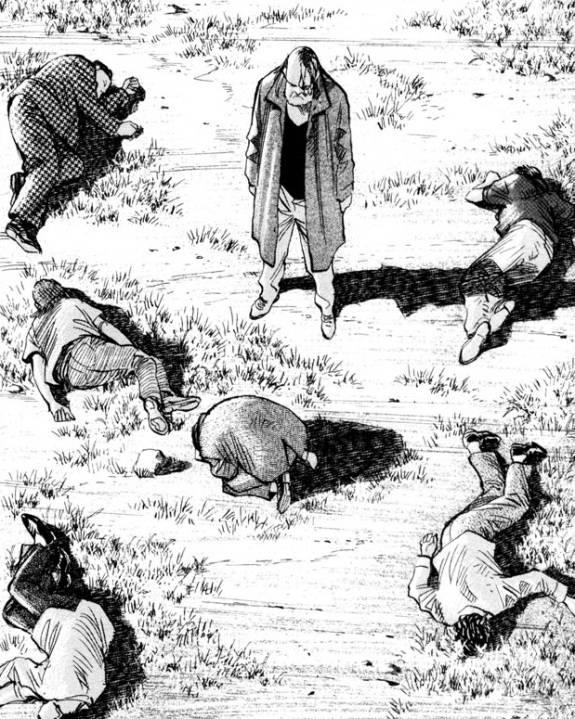
Urasawa’s work has always had a strong western fanbase, and perhaps this is because of his graphic novel-style presentation. Instead of searching to create interesting visual setpieces like a comic, most of the story revolves around static panels of conversations. Although this is more efficient given the general story-focused approach of the manga, it hardly takes advantage of the medium it is presented through.
That being said, the series does occasionally showcases some visual flair. We begin the story at chapter 1 with a beautifully panelled shot of Kenji commandeering the broadcast room in order to blast T. Rex’s “20th Century Boys” throughout the school, and then we move to the somewhat famous shot of a giant robot glaring down on a character that I won’t reveal the name of for your enjoyment. Alas, these moments are few and far between, leaving me wanting for more.
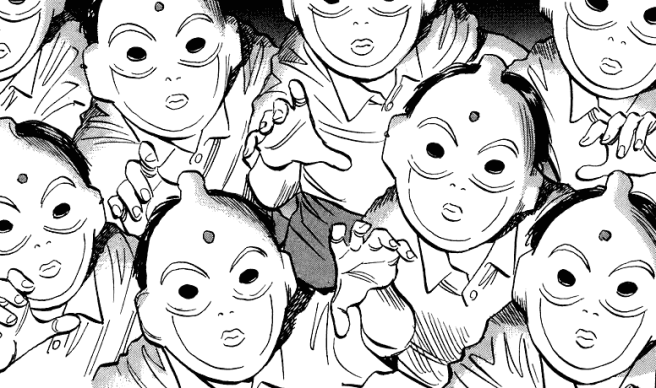
As a result, 20th Century Boys’ visuals are most likely it’s biggest weakpoint. It’s graphic novel style holds it back from really taking advantage of the comic medium. Even so, we must give credit to the rare moments of visual brilliance it can showcase from time to time. Thus the series’ visuals can sometimes be excellent, yet overall, they only manage to be great.
Final visuals score: 8/10
Overall
I must admit that, at least in part, the reason I love 20th Century Boys so much is that it is just my kind of thing. It has a cerebral side as well as a cultural awareness, which appeals directly to me as a person. Even so, I think you would be hard pressed to deny that the series is nothing short of an excellent one, and whether or not it is a masterpiece may depend on whether you are predisposed to liking this sort of story. But in the end, 20th Century Boys has a superbly constructed, page-turner of a story along with amazing characters, perhaps let down by it’s weaker visual side. Nevertheless, I would not hesitate to call the series a masterpiece – which is not a word I throw about often.
Enjoyment score: 10/10
Overall score: 9.5/10 – Masterpiece